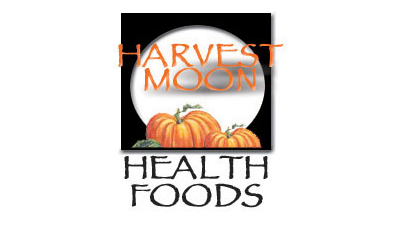Vitamins C and D get a lot of airplay, and for good reason: They are rockstar nutrients. What do they do, and how much do you need? Read on!
Vitamin C
Also known as ascorbic acid, vitamin C is water soluble and not easily stored in the body, meaning you need to get your daily dose through food or supplements.
Benefits of Vitamin C
An antioxidant that can rein in free radicals that damage cells, C is used in making collagen, hormones, and brain and nervous system chemicals, and it stimulates white blood cells to keep your immune system tuned up.
One thing C doesn’t do, contrary to what your grandmother may have told you, is prevent the common cold. If you do get a cold, though, taking the recommended daily dose of C when the symptoms start may ease its severity.
How Much Vitamin C Do You Need?
How much do you need? The Recommended Dietary Allowance (RDA) is 75 milligrams (mg) per day for women and 90 for men. The dose increases to 85 mg for pregnant women and 120 mg for breastfeeding women. If you’re a smoker or exposed to secondhand smoke, up your dosage by 35 mg.
To prevent gastrointestinal disturbances, the maximum amount of vitamin C you should take is 2,000 mg per day. Too much C can cause cramps, diarrhea, and nausea. The amount of C your body can absorb drops by half when you take a dose larger than 1,000 mg.
Vitamin D
Step into the sun: It’ll convert a chemical in your skin into vitamin D3—which is then turned into vitamin D via your liver and kidneys.
Benefits of Vitamin D
One of D’s critical functions is to help your intestines absorb calcium. Without enough D, the body can access only 10 to 15 percent of the calcium it takes in; that number increases to 30 to 40 percent when sufficient vitamin D is present. The result? Healthier bones.
Vitamin D also helps with nerve, muscle, and immune system function. Combined with calcium, it helps ward off osteoporosis. Research on vitamin D and cancer is mixed: Some studies have indicated a protective effect against colon, prostate, and breast cancer, but higher levels of D in the blood have also been linked to higher pancreatic cancer rates.
Are You Getting Enough Vitamin D?
But let’s get back to the sun. Vitamin D occurs naturally in very few foods, so if your skin is mostly covered when you go outdoors, either by clothing or sunscreen, there’s a good chance you’re not getting enough D.
The RDA for D is 600 IU (international units) for adults, including pregnant and breastfeeding women, and 800 IU for adults over 70. Don’t take more than 4,000 IU per day: It can cause toxicity, along with nausea, constipation, weight loss, confusion, heart arrhythmias, and kidney damage.
If you’re taking medication or dealing with a chronic or serious condition, be sure to check with your healthcare practitioner before starting a new vitamin regimen.

